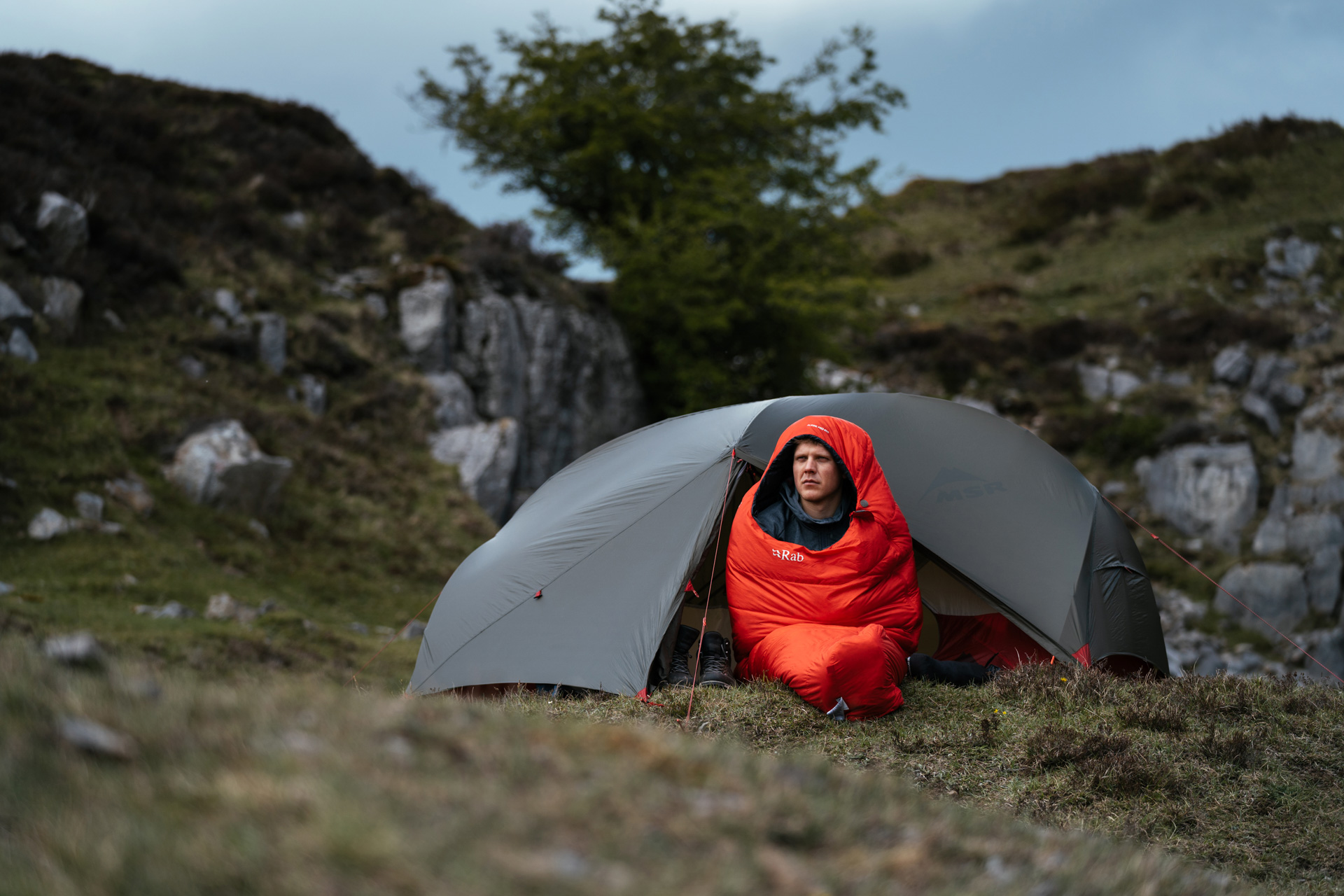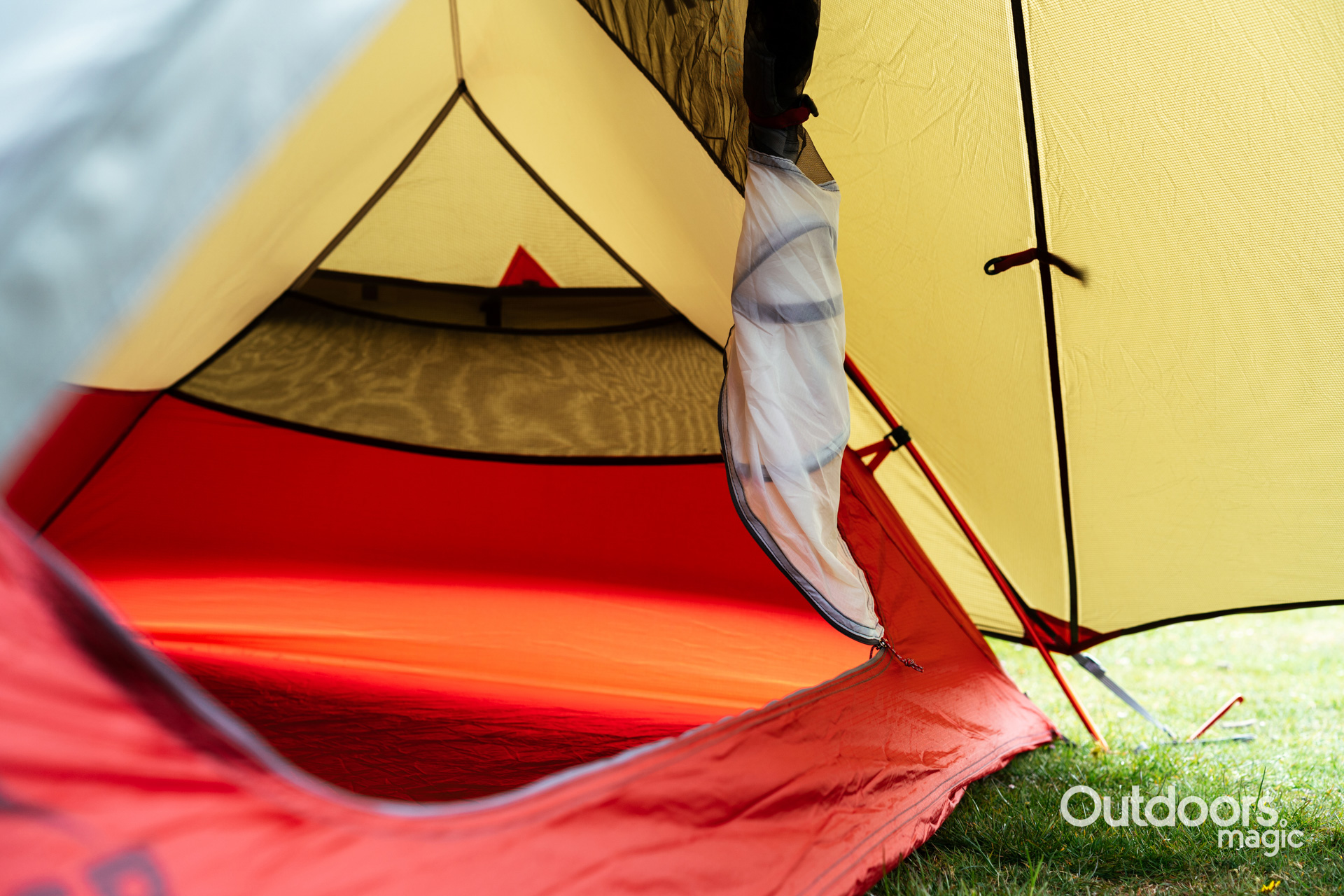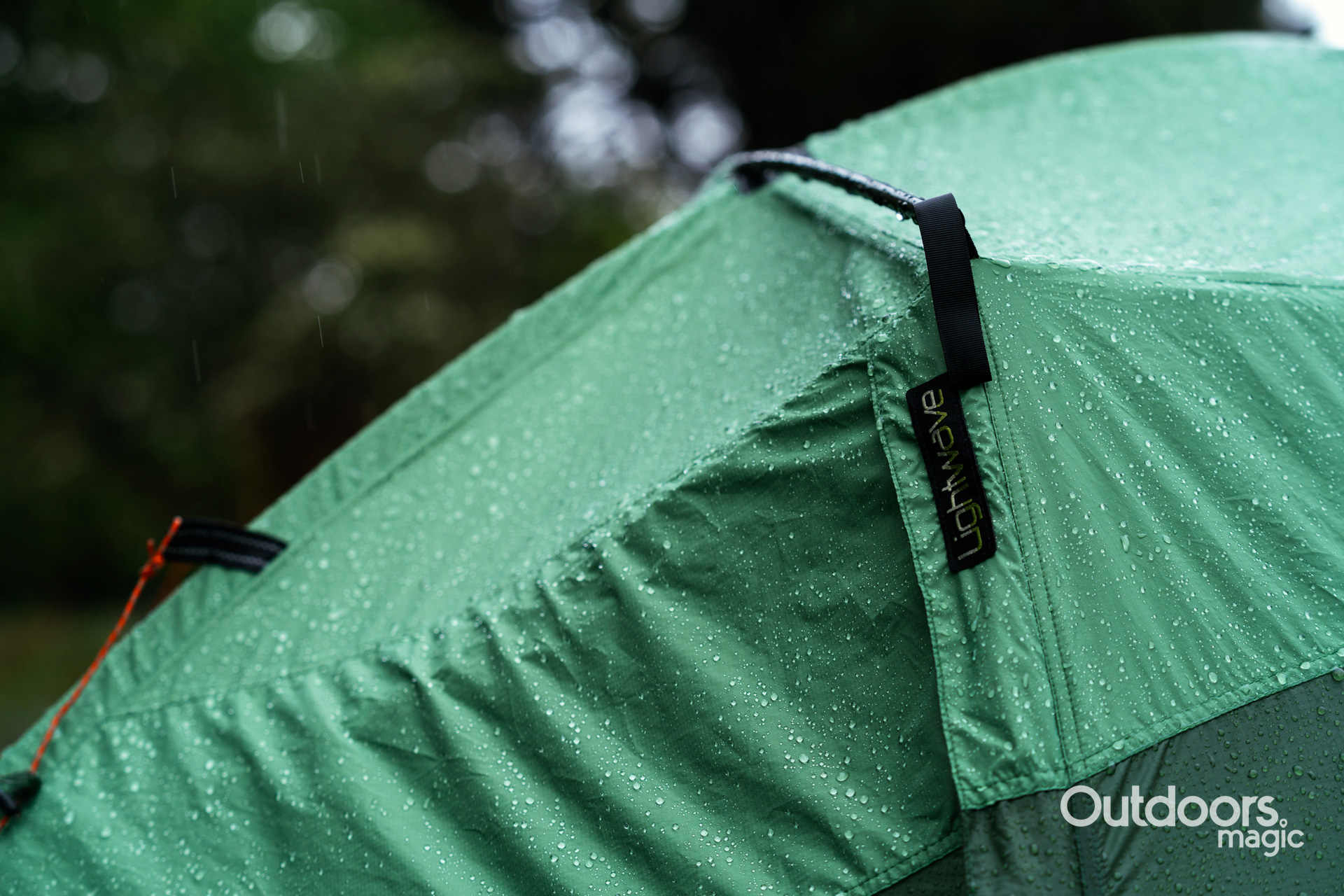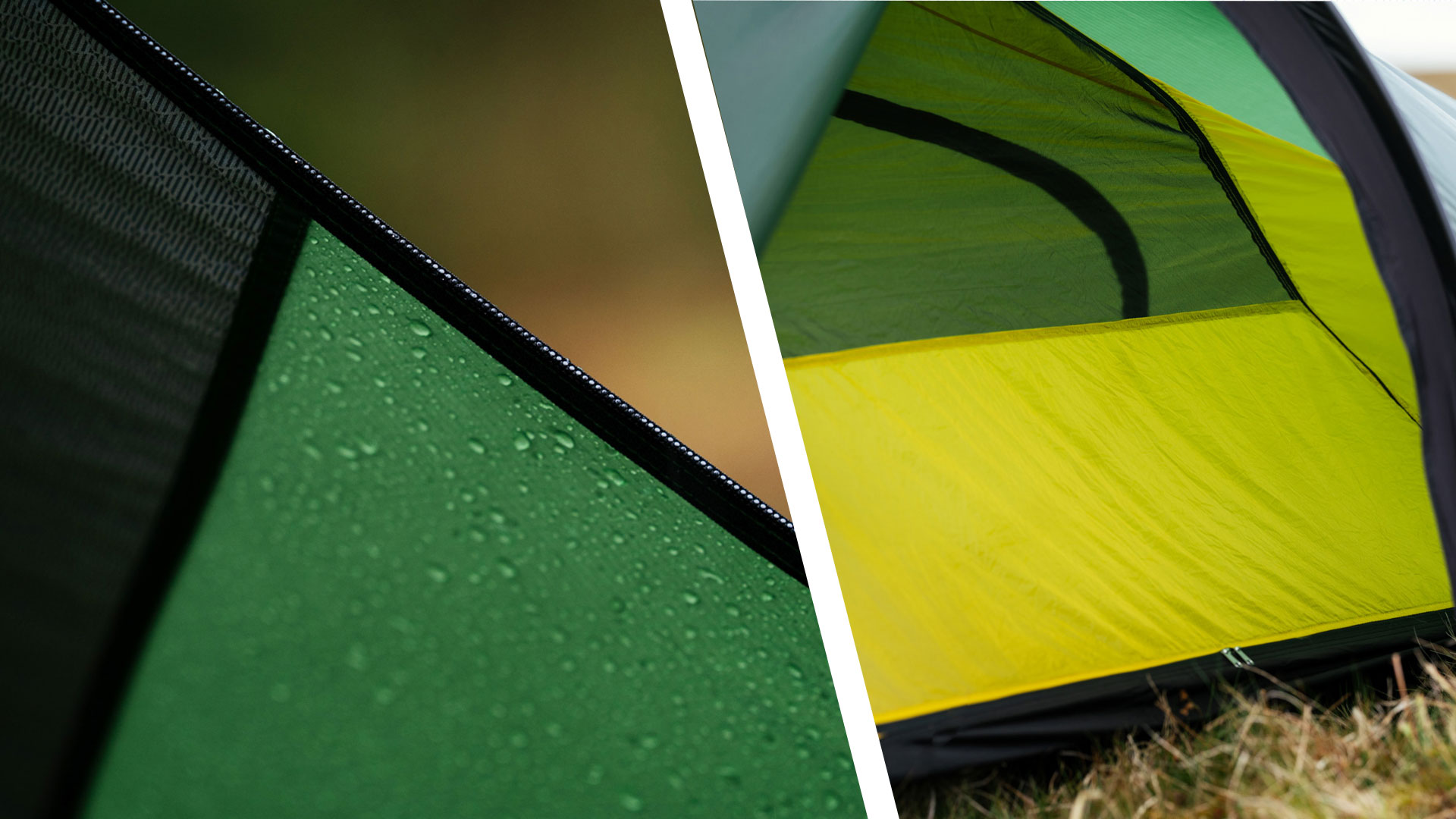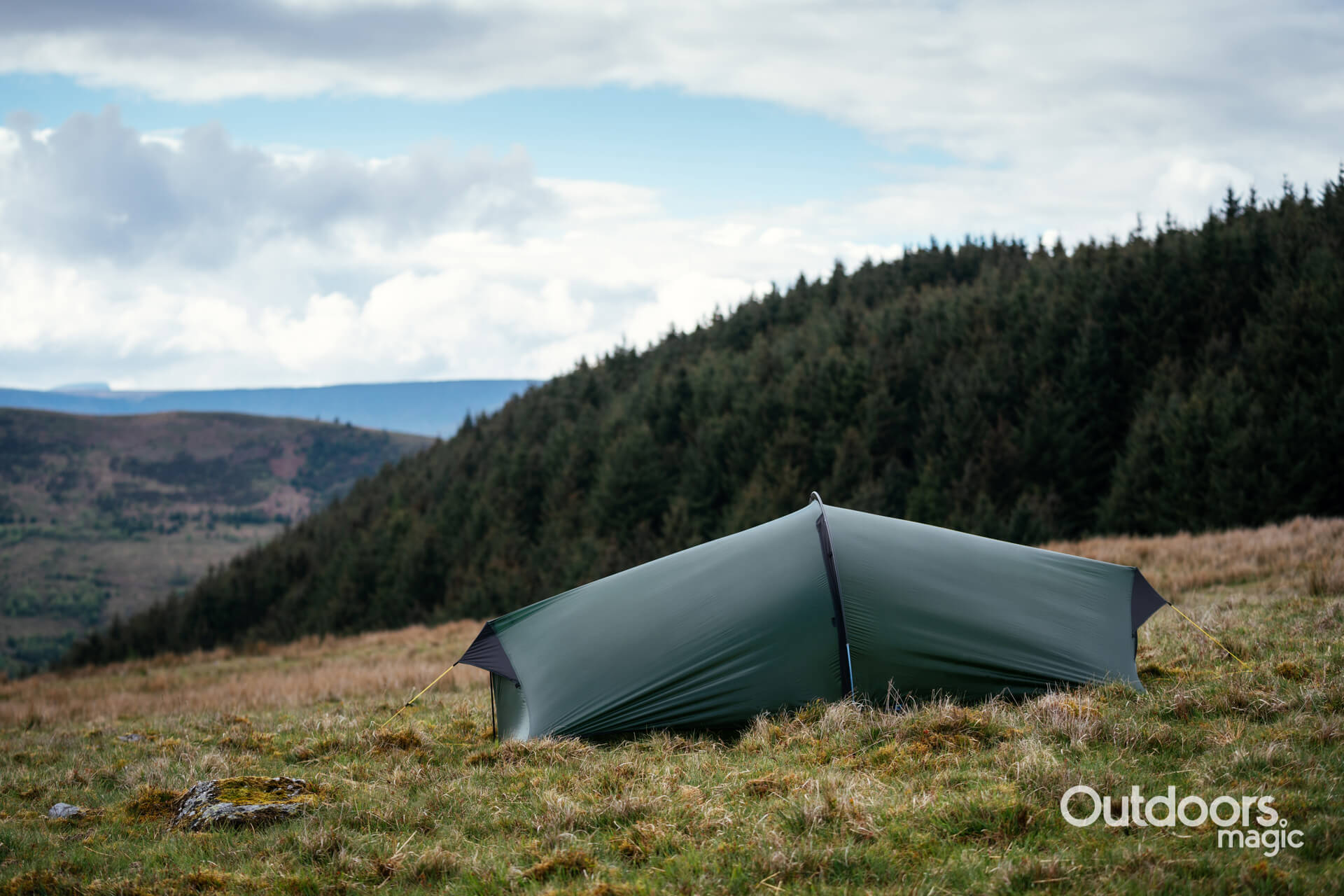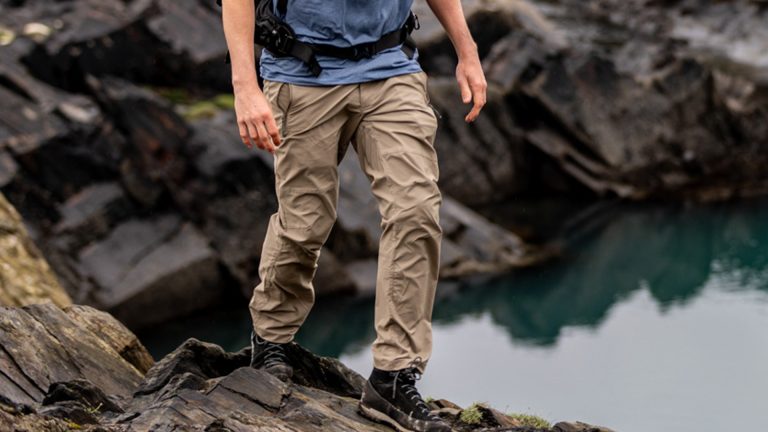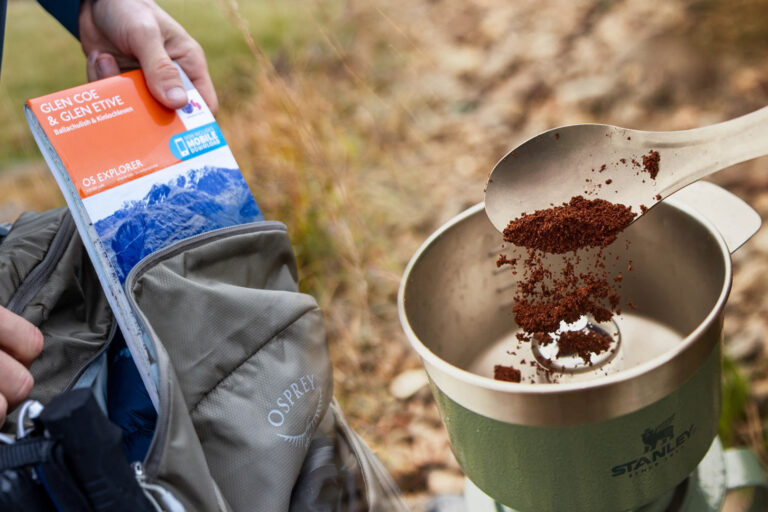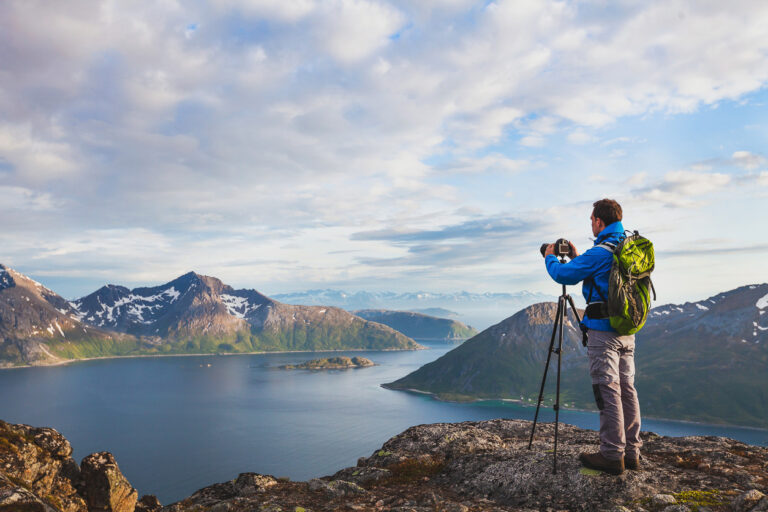Tents have been providing protection and comfort for humans since the early years of civilisation. In fact, the first evidence of tent usage dates back to 10,000 BC where Native Americans and Canadian aboriginal utilised a simple tipi’ design using wooden poles and animal skins to create a shelter to live and cook in.
These days, we use tents as a way to escape from the hustle and bustle of everyday life. Aside from the proven benefits of spending time close to nature, modern-day ultra lightweight tents are commonly used as a tool for launching big days in the mountains, with these designs allowing them to be carried for long distances, high into the alpine, or deep into the backcountry.
Modern day tents come with features to help make your life in the outdoors as comfortable as possible, depending on the activity planned and tempo you’re going to be travelling at. In general, ideally you want to find a tent that strikes the right balance between comfort during the day (a light load) and comfort during the night.
Fast packers, for example, are going to look for a super light tent, with a small packed size and just enough protection for a comfortable sleep. On the other hand, casual weekend wild campers will be happier carrying a slightly heavier tent to benefit from the space, comfort and reliable protection.
The Different Tent Designs and Constructions
There are a lot of different tent constructions out there – especially now that inflatable tents have been introduced – and we’re not going to go into the full list here, but will look more specifically at the tent varieties that are relevant to walkers, backpackers and cyclists. Here’s a quick breakdown…
Tunnel Tent
These involve one or more poles that form hooped semi circles to form a shape rather like a slug.
Ridge Tent
Two upright poles and a straight ridge between them. It’s a classic design, but one seen less regularly these days. Some people of a certain age might remember the bright orange Force 10.
Bell Tent
Essentially, an evolution of the tipi. It’s a style that’s now more commonly associated with festivals and glamping but there are ultralight, modern options out there from the likes of Tentipi, Nigor and Robens.
Dome Tent
Another classic design, commonly interpreted as having two poles that cross at the very top.
Geodesic and Semi-Geodesic
Like the dome style but with more pole crossing points for extra stability. Fully geodesic designs feature five or more points at which the poles cross. If there are less than five, it’s a semi-geodesic.
Tarp tent
Blurring the lines between a tent and a tarp, these will usually feature at least one standing pole (usually a trekking pole) and/or strung guy lines. Some come with an inner bug mesh while others will just provide basic shelter from the rain.

